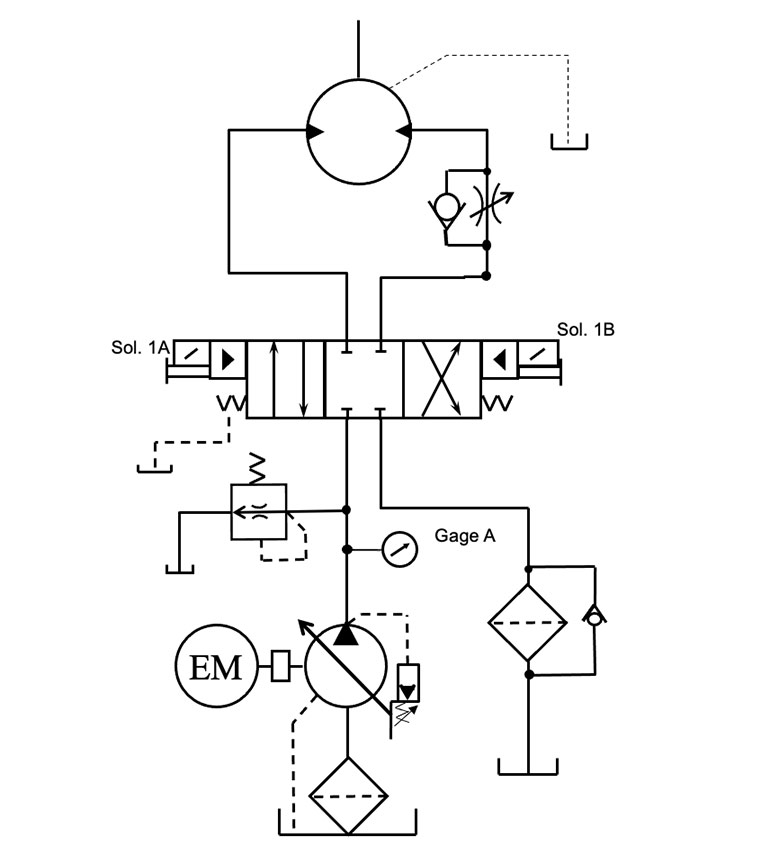By Robert J. Sheaf, Founder CFC Industrial
A new hydraulic power unit was duplicated to replace a 30-year-old conveyer system unit. It was installed, ran fine at start-up and ran for about four weeks. However, when the customer shut the unit down for more than 10 minutes or so, it would make loud noises when restarting and only slowly quiet down after a few minutes.

The noise was diagnosed as air in the system, likely caused by an air leak in a fitting or a shaft seal causing the pump to lose its prime. A good way to diagnose the spot for air entry is to cover the fitting joints, one at a time, with a #2 grease and when the noise subsides, you should have found the problem. However, air will continue to enter the system and some level of noise should still be present. Inspection of the oil (looking through the filler breather) would show a heavily aerated fluid at every start-up and slowly return to about 98% clear of air in 5 to 10 minutes and normal running sound. This system used an air bleed valve at startup, which is good practice when pumps are mounted top of the tank. Air flows past the valve and when oil is encountered, it will shut off like a check valve and stay closed when running.
Can you identify the next steps? We welcome responses of all kinds directly to Robert Sheaf at rjsheaf@cfc-solar.com or to mgannon@wtwhmedia.com. The solution will be provided in conjunction with our October 2023 issue.
Solution
Air bleed valves are a great feature for piston pumps mounted on top of the reservoir. They provide a direct path for air in the system to be pushed back to the tank. Once most of the air is gone, the valve is held closed by hydraulic oil pressure. The fact that the unit ran fine for four weeks and then developed the problem was because the air bleed valve’s standpipe had fallen off of its reservoir location.
Filed Under: Components Oil Coolers, Pumps & Motors